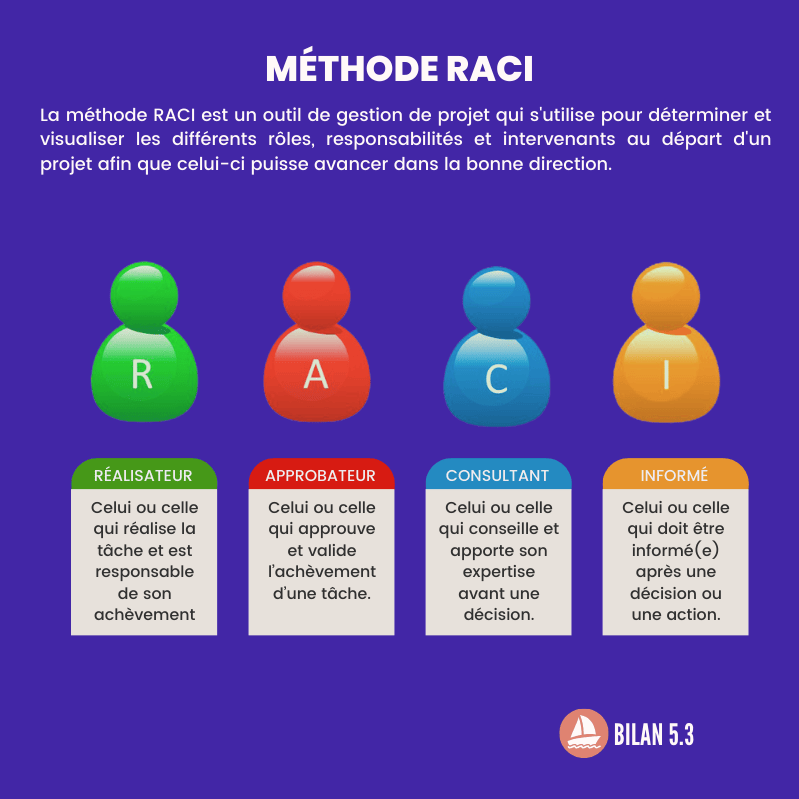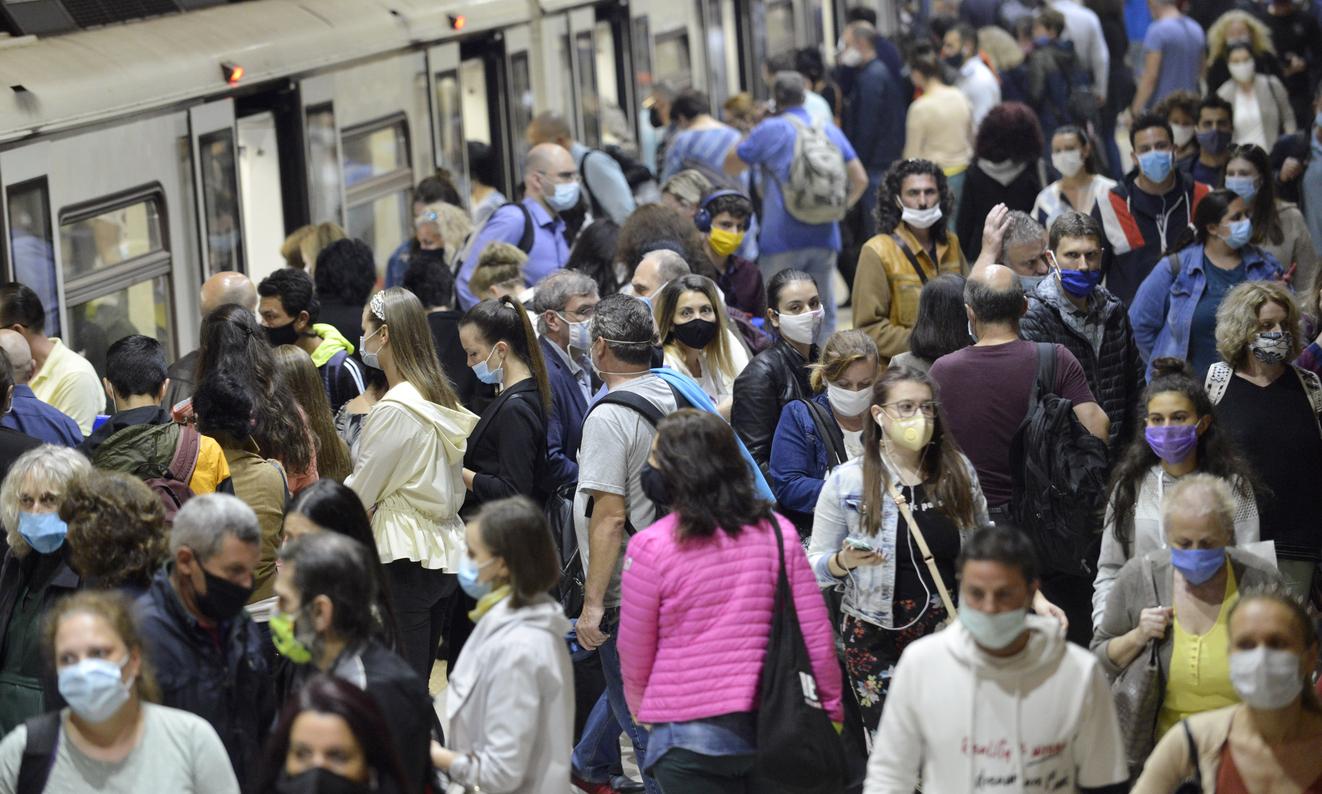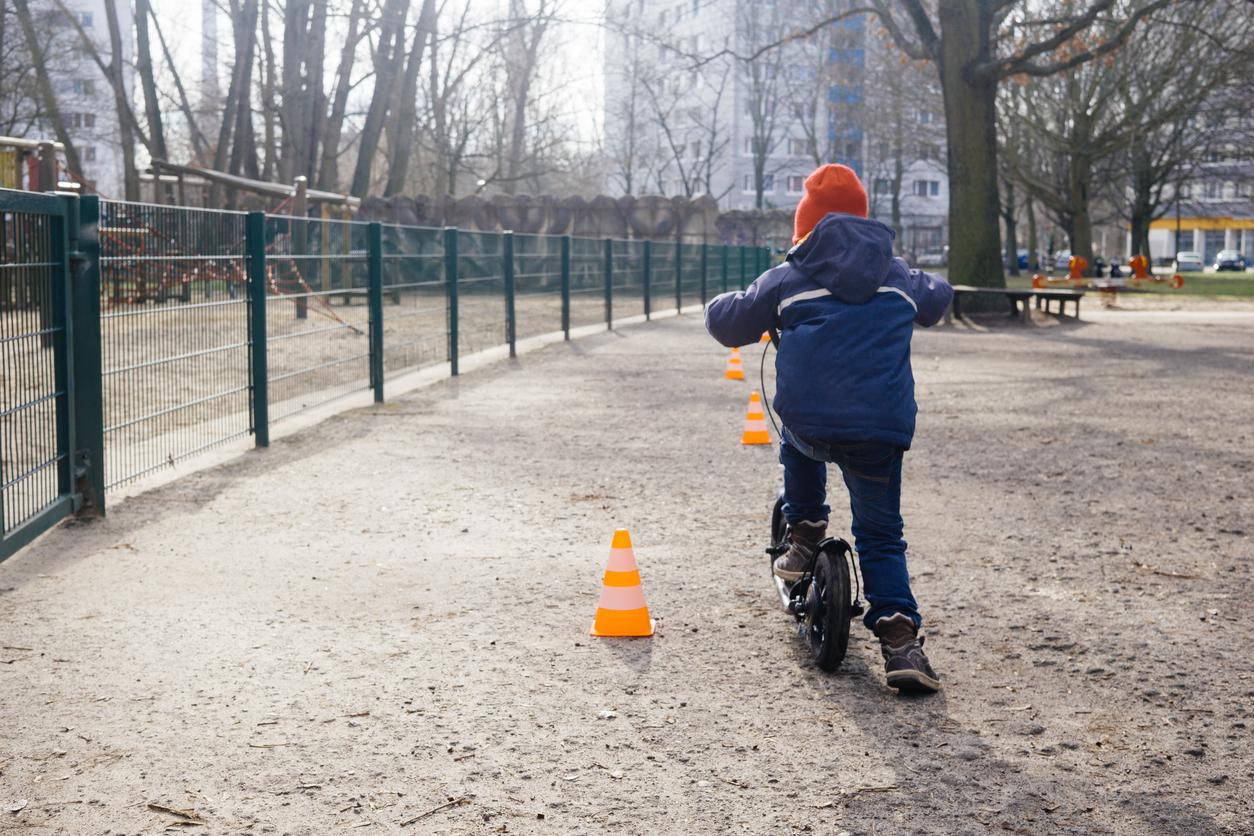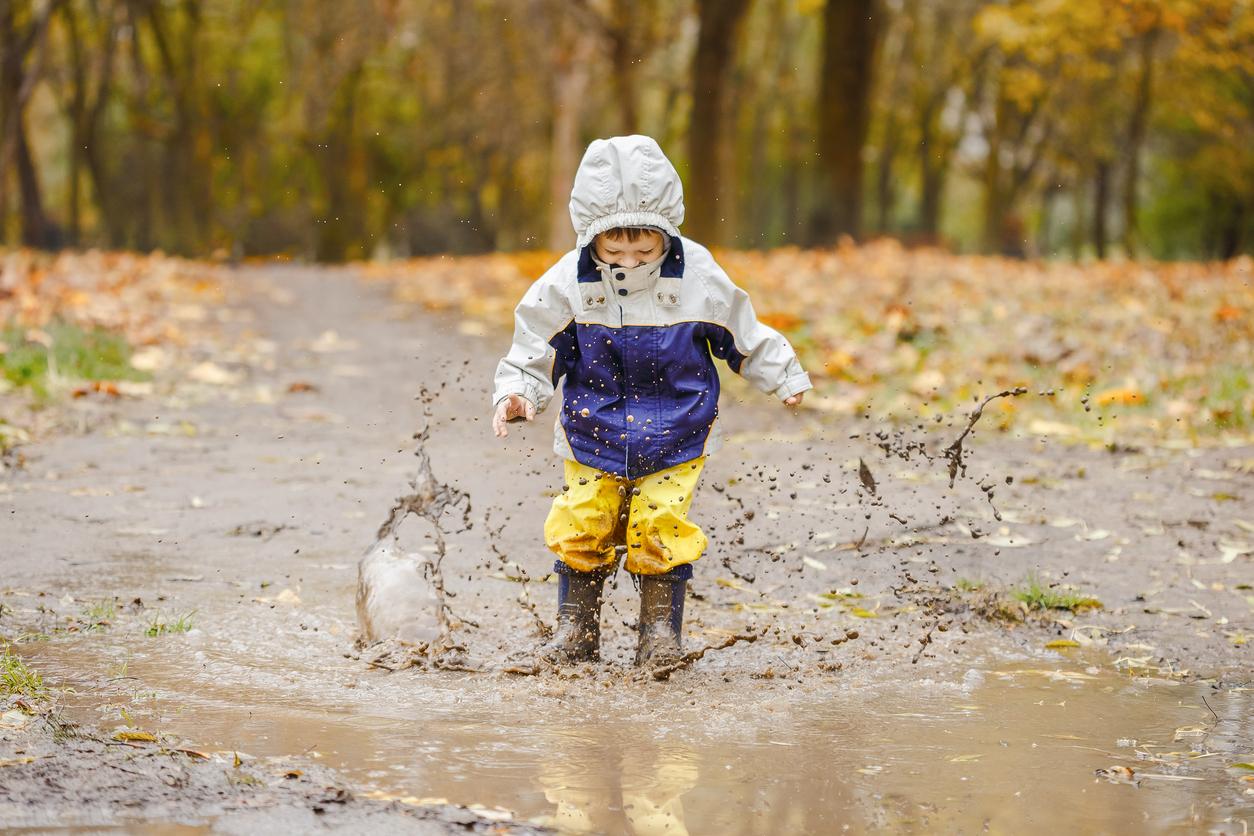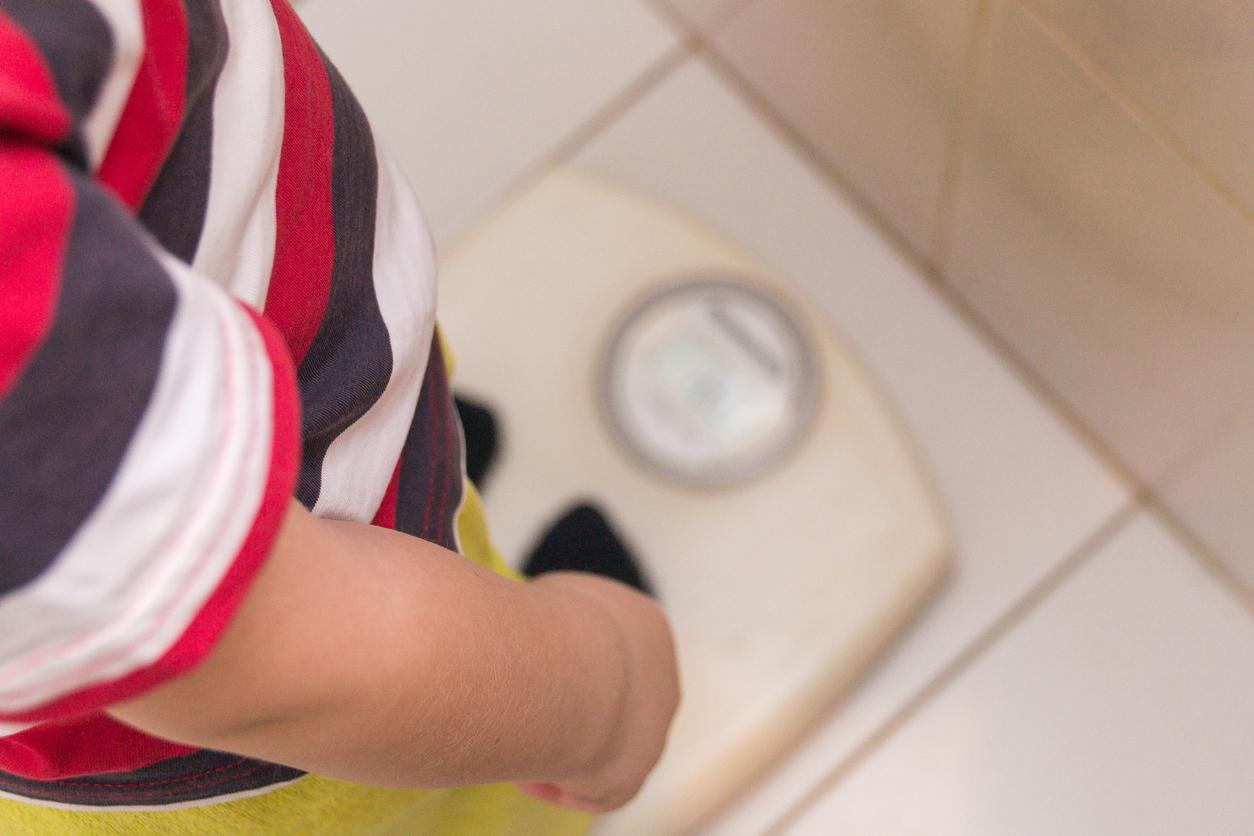Public Health France has just presented the first results of a large study on the well-being of children conducted with 30,000 children aged 3 to 11. This study, called Enabee, should make it possible to estimate the prevalence (i.e. the number of children concerned) of mood disorders, anxiety, phobias, or learning disabilities. among children in kindergarten and primary school, after the two years of the pandemic.
These results show that “13% of children in elementary school have a probable health problem mental (probable emotional disorder, probable oppositional disorder or attention deficit disorder with or without probable hyperactivity). The prevalence rate is of the same order of magnitude as those observed in other countries in Europe in the same age group in 2010 and 2017” emphasizes Public Health France.
The forgotten of the pandemic
If, during periods of confinement, adults could always “pass the time” thanks to teleworking, sports or even creative activities, the children were (a little) forgotten. And this isolation could potentially be responsible for psychological consequences – stress, anger, even a feeling of distress.
The first results of this study show that:
- 5.6% of children aged 6 to 11 have a disorder likely emotional
- 6.6% have a problem likely oppositional
- 3.2% have a problem with attention deficit with or without probable hyperactivity.
They also indicate that emotional anxiety disorders are more common in girls and behavioral disorders more common in boys.
How do you know if a child is in pain?
In March 2021, the Center for Disease Control and Prevention (CDC) in Atlanta, United States, posted a series of small sheets online to help parents spot the first signs of psychological suffering in children and adults. teenagers. Here are the red flags that the CDC says you shouldn’t ignore:
- The young child is irritable: he cries and cries more
- The child regresses in his achievements: we can in particular witness the return of “wetting the bed”
- Child isolates and/or worries disproportionately
- The child sleeps and/or eats poorly: unusual bedtimes and/or wake-up times, longer or shorter sleep, snacking, little appetite…
- The child or adolescent loses interest in previously enjoyed activities
- The child or adolescent complains of headaches, stomach aches, joint and/or muscle pain.
Sources
- Enabee, national study on the well-being of childrenPublic Health France, April 2022
- Atlanta Center for Disease Control and Prevention (CDC)




